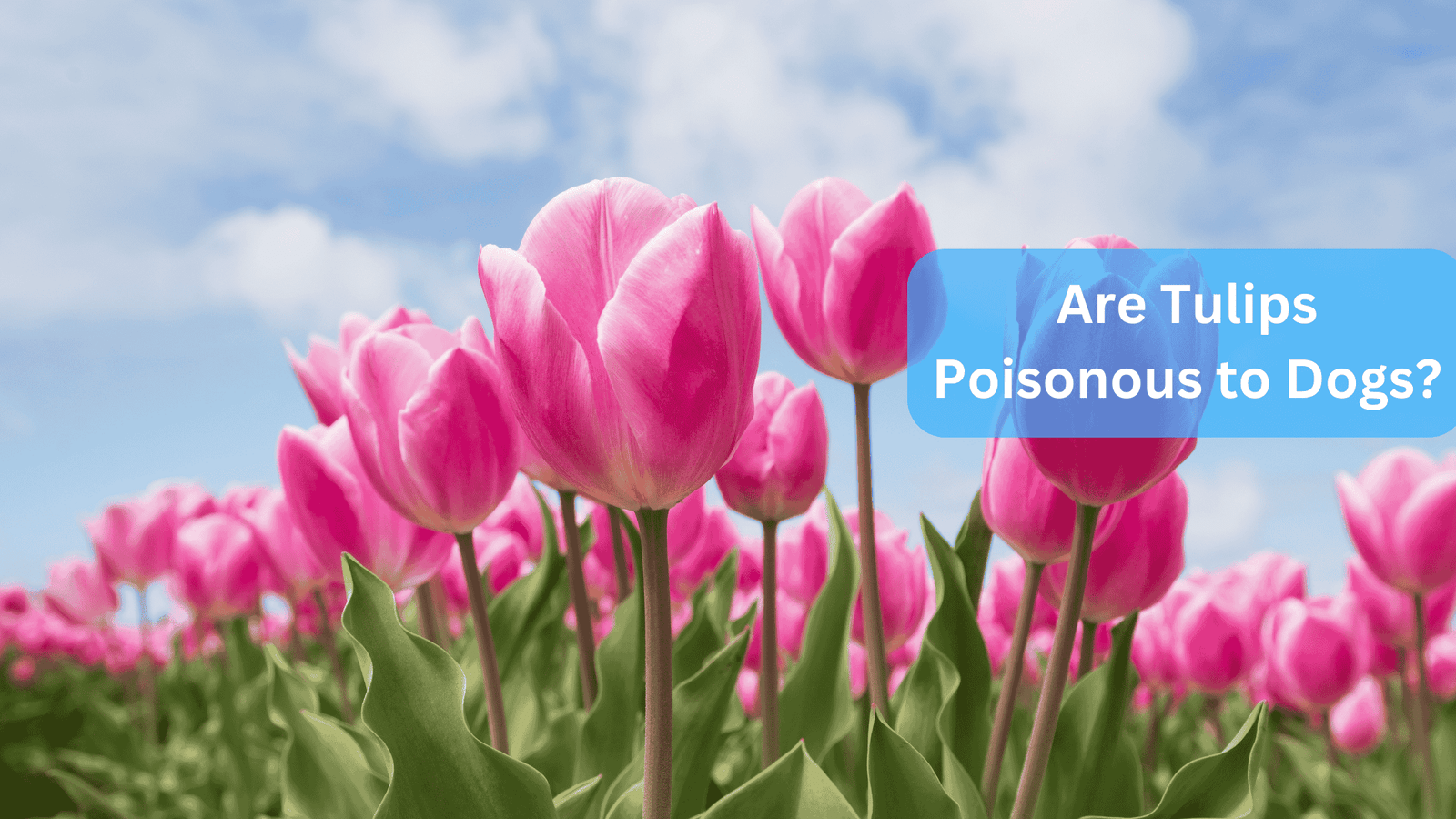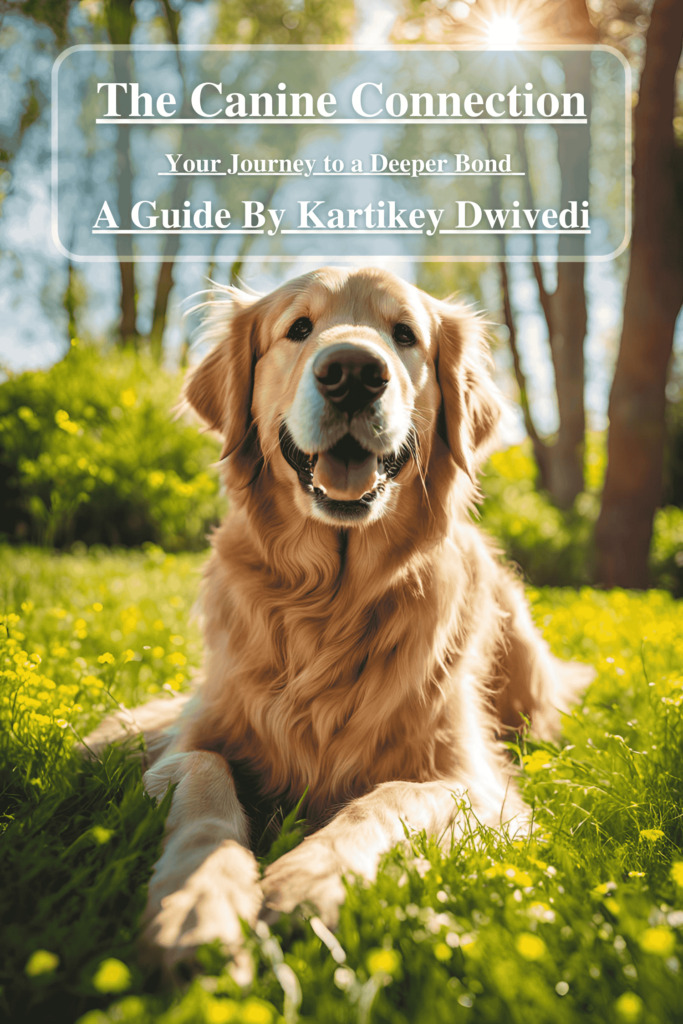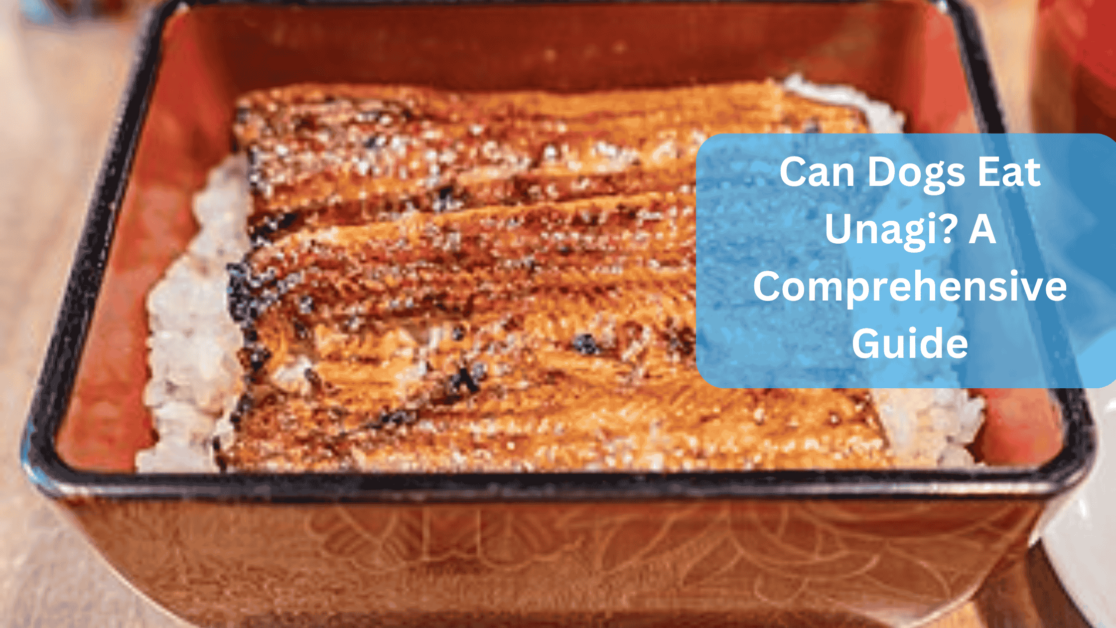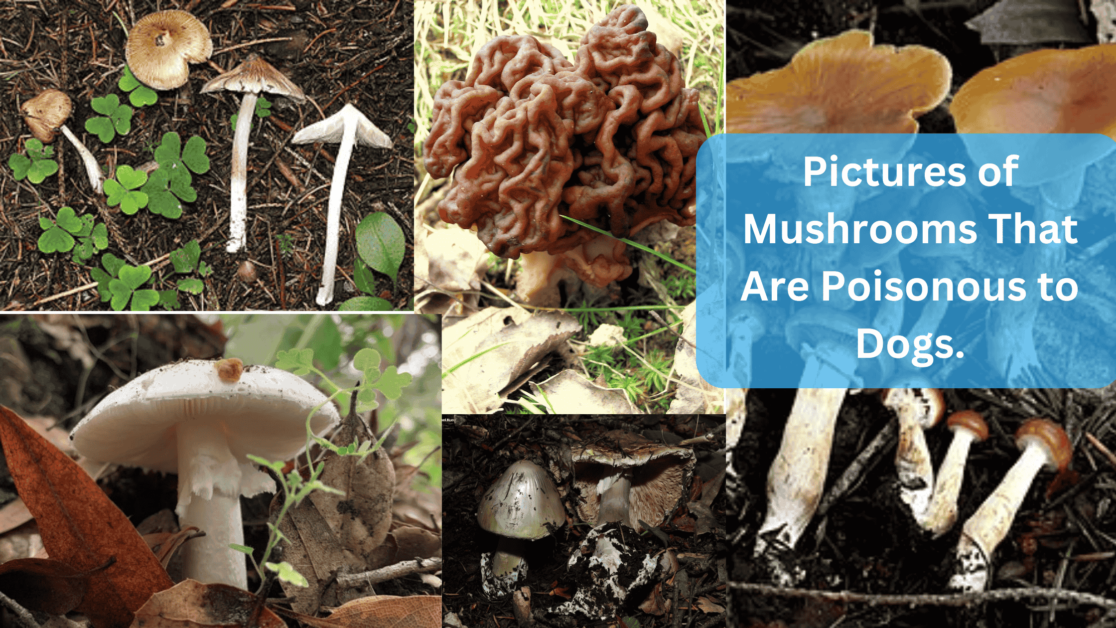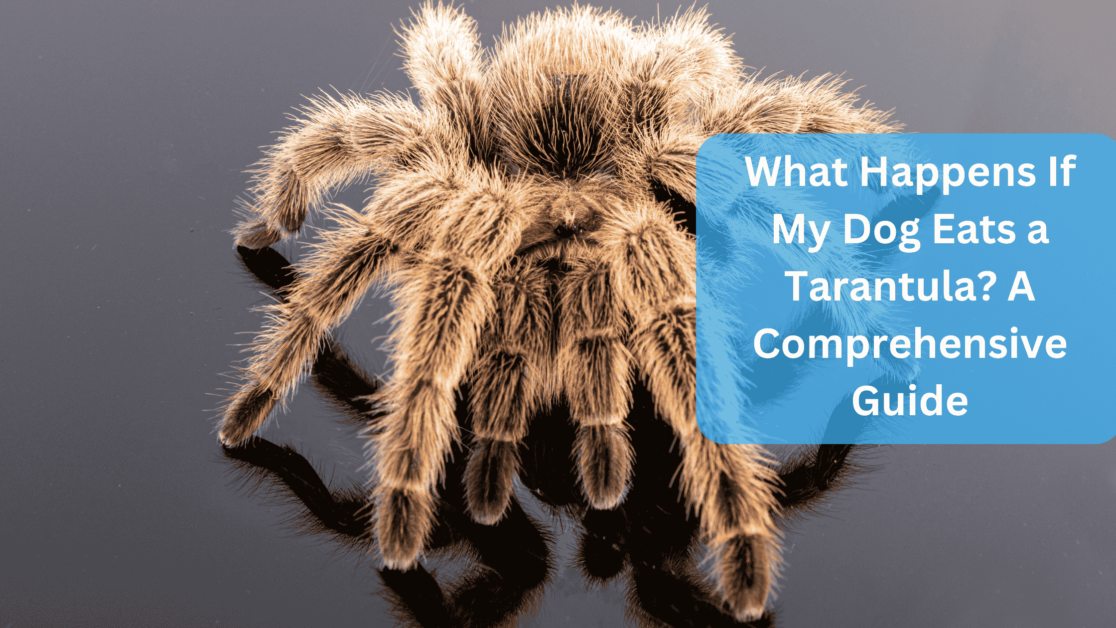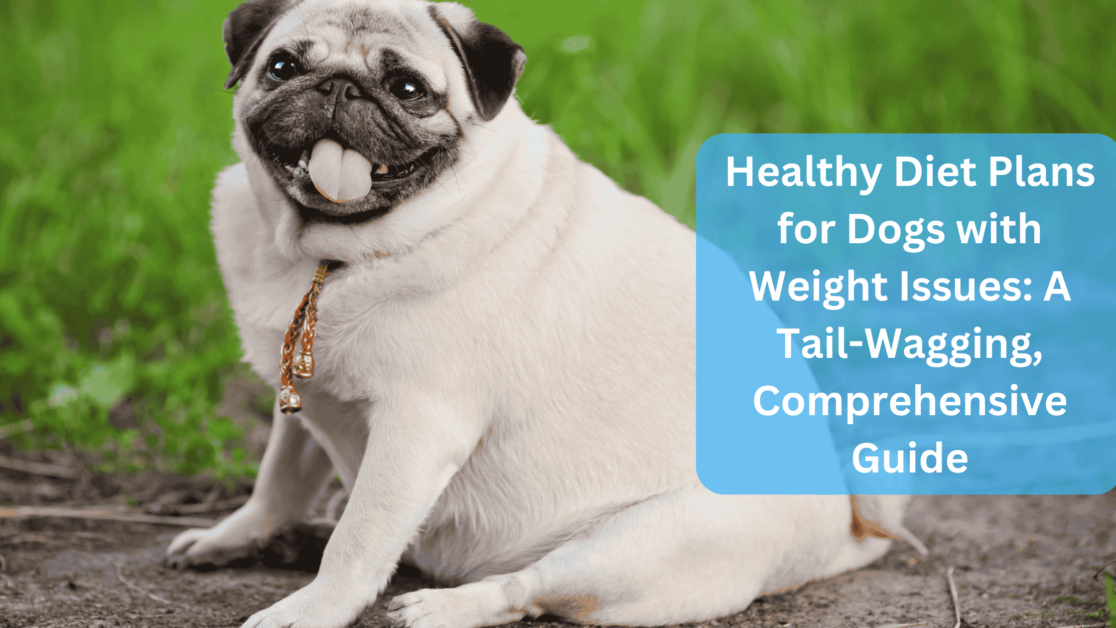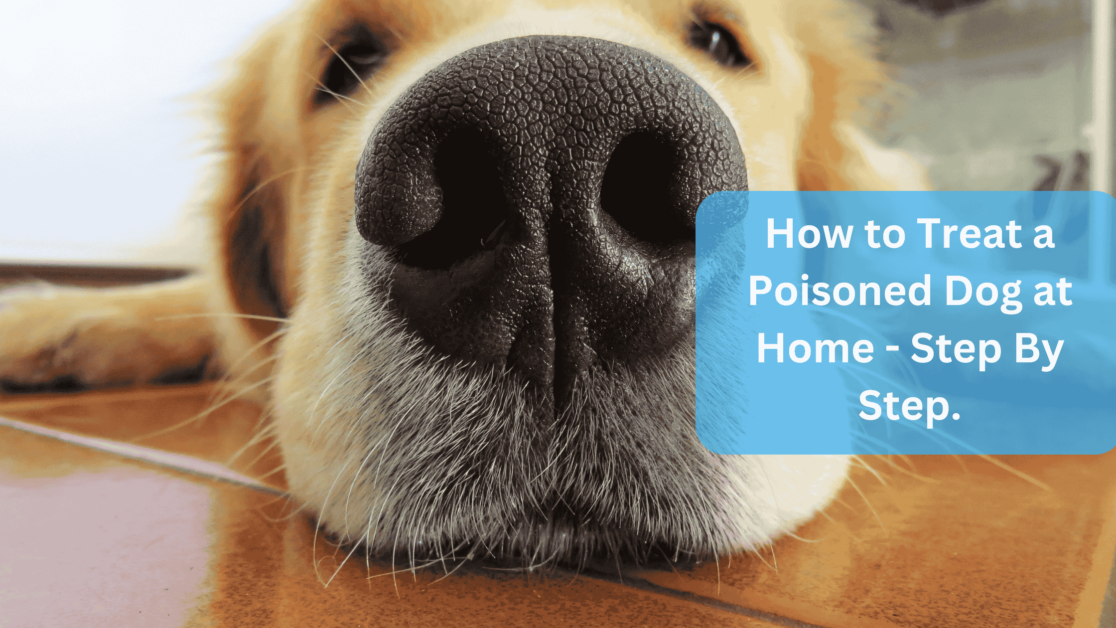Are Tulips Poisonous to Dogs? Tulips are a favorite among gardeners and flower enthusiasts, known for their vibrant colors and elegant shapes that herald the arrival of spring. However, while these blossoms may brighten up your home and garden, they come with a cautionary tale for dog owners. Understanding the risks that tulips pose to our furry friends is essential for creating a safe environment. So, let’s dig into the details!
What Happens If My Dog Eats a Tulip?
If your dog decides to sample a tulip, you might be in for a bit of a scare. Tulips contain toxic compounds known as Tulipalin A and Tulipalin B, which can lead to various symptoms depending on how much was consumed.
Common Symptoms:
- Vomiting
- Excessive drooling
- Diarrhea
- Abdominal pain
In more severe cases, especially if your pup has munched on a bulb, symptoms can escalate to:
- Irregular heartbeat
- Difficulty breathing
- Lethargy
- Seizures
So, if you catch your canine companion nibbling on your tulips, don’t just stand there—act fast!
Can Tulips Be in the Same Room as Dogs?
While tulips can make a lovely addition to your home decor, it’s wise to consider their placement. Keeping tulips out of reach is crucial. If your dog is prone to curiosity (or mischief), it’s best to avoid placing tulips on low tables or counters where they can easily access them.
Safety Tips:
- Use high shelves or hanging arrangements.
- Consider placing them in rooms where your dog isn’t allowed.
Can Dogs Go Near Tulips?
Letting your dog roam freely near tulip gardens may not be the best idea. Dogs are naturally curious creatures and might dig up bulbs or munch on leaves and flowers out of sheer curiosity.
Guidelines:
- Supervise your dog when they’re outside.
- Use barriers or fencing around gardens with tulips.
- Distract them with toys or treats if they seem too interested in the flowers.
Are Tulips Poisonous to Dogs and Humans?
Yes, tulips are toxic to both dogs and humans, but the effects vary between species. For dogs, ingestion can lead to gastrointestinal upset and more severe symptoms, especially if they consume the bulb. In humans, while tulip poisoning is rare, it can still cause skin irritation and gastrointestinal discomfort.
Spring Bulbs Safe for Dogs
If you’re looking to beautify your garden without risking your pup’s health, consider planting non-toxic spring bulbs. Here are some safe options:
- Daffodils (toxic)
- Crocuses (non-toxic)
- Snowdrops (toxic)
Always double-check before planting!
What Bulbs Are Not Poisonous to Dogs?
When selecting bulbs for your garden, it’s essential to know which ones are safe for dogs. Here’s a quick rundown:
Non-Toxic Bulbs:
- Crocus (spring blooming)
- Allium (ornamental onion)
Toxic Bulbs:
- Tulips
- Daffodils
- Hyacinths
Being aware of these distinctions will help you create a pet-friendly garden.
What to Do If My Dog Eats a Tulip Bulb
If you discover that your dog has eaten a tulip bulb, don’t wait around! Here’s what you should do:
- Contact Your Veterinarian: They can provide specific advice based on your dog’s size and the amount ingested.
- Monitor Symptoms: Watch for signs like vomiting or lethargy.
- Follow Vet Instructions: They may recommend inducing vomiting or bringing your dog in for treatment.
FAQs Section
What are the signs of tulip poisoning in dogs?
Signs include vomiting, excessive drooling, diarrhea, and abdominal pain. Severe cases may lead to difficulty breathing or irregular heartbeats.
How can I keep my dog safe in a garden with tulips?
Supervise outdoor time, use barriers around gardens, and distract them with toys if they show interest in the flowers.
Are there any treatments for tulip poisoning?
Treatment typically involves contacting a veterinarian who may induce vomiting or provide supportive care depending on the severity of symptoms.
Also Read: Are Conkers Poisonous to Dogs?
Also Read: Are Slugs Poisonous to Dogs? A Friendly Guide.
Conclusion
Awareness is key when it comes to keeping our furry friends safe from potentially toxic plants like tulips. By understanding the risks associated with these beautiful blooms and taking preventative measures, you can ensure that both your garden and your pup remain happy and healthy.
Sources:
- https://www.rhs.org.uk/plants/types/bulbs/planting
- https://www.bluecross.org.uk/advice/dog/health-and-injuries/spring-plants-poisonous-to-dogs
